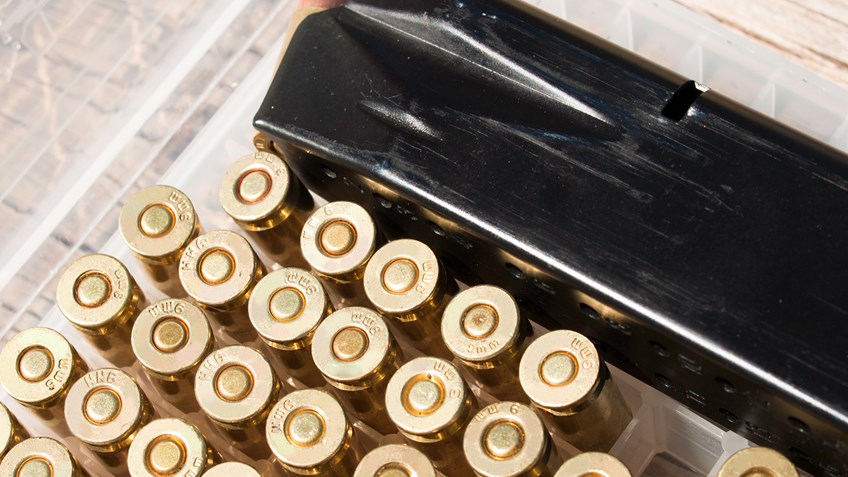In doing higher-volume loading, one fear is “what if” and that refers to having made a mistake… READ MORE

Glen Zediker
So you’ve put, say, 500 rounds together and there’s a flaw, and this may (usually always) be constant and consistant throughout. Or, maybe something changed during, someting shifted, at some point from then at the start to now at the end.
This can happen, and you’re fortunate indeed if you have no stories to share.
Before getting far into what it was and what was the influence or effect we’re now facing, this next will suggest a few things to check beforehand to head it off.
I don’t know that I’ve ever read much on handloading that didn’t come with at least a few ideas on checks, checkpoints. One of the first I propellant dispensing. Using a meter for these loads, throwing charges, there’s a question about how often to stop and run a check on your volume progress against the consistency of each charge thrown into each case.
Advice I’ve seen varies and ranges from the way too often to the every now and again. Folks, honestly, I never check or double check once I’m underway. I am also using expensive meters with Culver inserts. These I have proven to meter more accurately than my scale can determine. The level of effort and attention that went into my being able to make that statement is another article, and, along the way, will be. But, if you’re not using a Culver, it is a wise investment in a minute to throw a charge or two, weigh each, and satisfying the self that all’s well. If you see a problem, if your meter won’t hold a setting, that is a huge red-flag that needs fixed.

I always start a session checking propellant dispensing weight. I do this more to satisfy that tiny tickle of paranoid uncertaintly than I do for any tangible reason, but we do a lot of things to fix those tickles (like look both ways before crossing a one-way street). Well. I do. I click-dial my meter to where my notes say it should be (and do the same to the other Culver-equipped meters that might be involved in this session), then throw charges with each and see the right weight from each (I usually through 4-5 at a time, weigh the pan, and divide by however many throws are in the pan). Sometimes I think I do this more to just satisfy myself respecting how good this system is.
Next I essentially check die “tightness” by confirming that the sized case dimentions are what they should me. And then also do the same for bullet seating depth.
A few tricks here come from a treat like a good turret-head press. After getting the dies adjusted to what you want for a load (this load), snugging them down and adding index marks means that, one, no there should be no movement between uses, and, also, it will be easily seen becaues of the marks. Index marks are no more complex than a paint-marker-line from die body, to lock ring, to press top. I index the sizing and seating adjustments at the top of the die also.
The fewer times anything is loosened, moved, tightened the radically greater chance it has to stay perfectly in place.
Next I triple check the bullet seating depth. By the way, I’ve also become convinced that the more initial checks made reduce any chance for an erroneous check. I look once, then again, and then again, and by then I sho should have seen all there is to see. I might overlook something, though, if I look only once, and I have done that before setting seating depths.

The best trick I can tell you to keep tools lined up where they should be, when they have to be moved, is to handle a threaded die ONLY BY ITS LOCKING RING! Never, ever hold on the die body to thread the piece in and out the press top. Handled only by the ring, there’s no chance of movement (well, assuming that the ring was snugged in place as it should have been).

Next time we’ll look at a few things that might have gone wrong, and see about getting them fixed, or worked around.
The preceding is a adapted from information contained in Glen’s Top-Grade Ammo. Available at Midsouth Shooters Supply. Visit ZedikerPublishing.com for more information on the book itself, and also free article downloads. Also, check out our new new lineup of eBOOKS!








